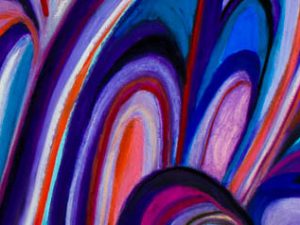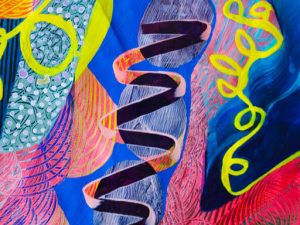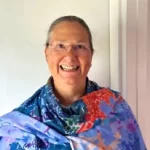
This book is eye opening and gives us some tools and language with which to understand racism, as delineated from color, poverty, education, and gender. It is a slow, dense read, but also has elements of memoir that helps move the narrative along. The black author frequently talks about his own epiphanies realizing his own racism, so it is not brow-beating, or condescending in tone to the reader.
Our book group felt like it clarified some terms for us and that we have a better understanding now. People felt it changed their world view, while not giving all the answers. The first step out of denial is to face the issue. Reading this book is one way to take that step.
Here are some quotes from the book to give you the flavor:
- “Racist ideas make people of color think less of themselves, which makes them more vulnerable to racist ideas. Racist ideas make White people think more of themselves, which further attracts them to racist ideas.”
- “Denial is the heartbeat of racism, beating across ideoligies, races, and nations. Many of us who strongly call out Trump’s racist ideas will strongly deny our own.”
- “The opposite of ‘racist’ isn’t ‘not racist.’ It is antiracist. What’s the difference? One either believes problems are rooted in groups of people, as a racist, or locates the roots of problems in power and policies, as an antiracist. There is no safe place of ‘not racist.’ The claim of ‘not racist’ neutrality is a mask for racism…. The language of color blindness – like the language of ‘not racist’– is a mask to hide racism.”
- “I no longer care about how the actions of other Black individuals reflect on me, since none of us are race representatives, nor is any individual responsible for someone else’ racist ideas.”
- “To be an antiracist is to set lucid definitions of racism/antiracism, racist/antiracist policies, racist/antirascist ideas, and racist/antiracist people. To be a racist is to constantly redefine racist in a way that exonerates one’s changing policies, ideas, and personhood.”
- “Every policy in every institution in every community in every nation is producing or sustaining either racial inequity or equity between racial groups.”
- “If discrimination is creating equity, then it is antiracist. If discrimination is creating inequity, then it is racist. The only remedy to racist discrimination is antiracist discrimination.”
- “The construct of race neutrality actually feeds White nationalist victimhood by positing the notion that any policy protecting or advancing non-White Americans toward equity is ‘reverse discrimination.'”
- Alzheimer’s disease is more prevalent among African Americans. Starting at infancy, Black infants die at twice the rate of White infants. African Americans are 25 percent more likely to die of cancer than Whites.
- “The question for each of us is: What side of history will we stand on?”
- “Americans have long been trained to see the deficiencies of people rather than policy. It’s pretty easy mistake to make: people are in our faces. Policies are distant.”
- “With racist teachers, misbehaving kids of color do not receive inquiry and empathy and legitimacy. We receive orders and punishments and ‘no excuses,’ as if we are adults. The Black child is ill treated like an adult and the Black adult is ill treated like a child.”
- “We, the young Black super-predators, were apparently being raised with an unprecedented inclination toward violence– in a nation that presumably did not raise White slaveholders, lynchers, mass incarcerators, police officers, corporate officials, venture capitalists, financiers, drunk drivers, and war hawks to be violent.”
- “Researchers have found a much stronger and clearer correlation between violent-crime levels and unemployment levels than between violent crime and race.”
- “Whoever creates the cultural standard usually puts themselves at the top of the hierarchy.”
- “I could have studied harder. But some of my White friends could have studied harder too, and their failures and irresponsibility didn’t somehow tarnish their race.”
- “What if we realized the best way to ensure an effective educational system is not by standardizing our curricula and tests but by standardizing the opportunities available to all students?”
- “To be an antiracist is to think nothing is behaviorally wrong or right –inferior or superior– with any of the racial groups. Whenever the antiracist sees individuals behaving positively or negatively, the antiracist sees just that: individuals behaving positively or negatively, not representatives of whole races.”
- “Blacks were ten times more likely than Whites to have their ballots rejected. [When Bush beat Gore in Florida] a total of 179,855 ballots were invalidated by Florida election officials in a race that ultimately won by 537 votes.”
- “Harmless White fun is Black lawlessness.”
If it would help you to consider these ideas further to step outside of your own shoes a bit, I recommend reading How to be an Antiracist. I give it four stars.


2 Comments
-
I’m slowly catching up with some posts on your blog. thanks for this book review. I’ve added this title to my list!
Peace,
Brenda
Pingbacks
-
[…] How to be an Anti-Racist (4 […]






